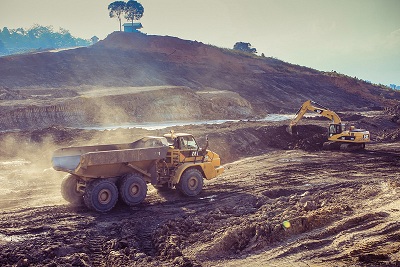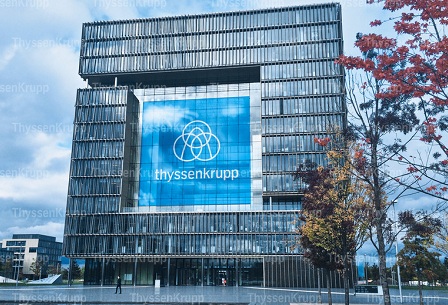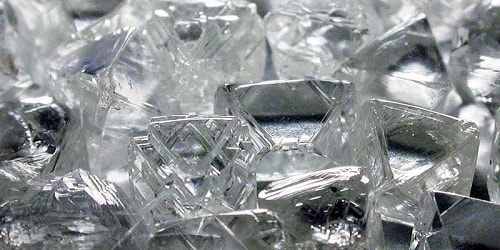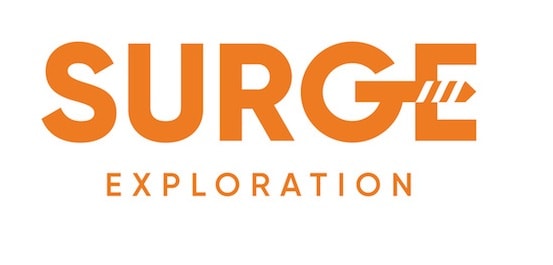Cerro Moro gold-silver mine is located 70km south-west of the port of Puerto Deseado in Santa Cruz province, Argentina, covering about 175km² of area. Extorre Gold Mines (EGM), the owner and operator of the mine, was acquired by Yamana Gold in August 2012.
Estelar Resources, a subsidiary of EGM, had become 100% owner of the mine in 2007 by meeting all the requirements of an earn-in agreement signed with Cerro Vanguardia Sociedad Anonima in 2003.
The pre-economic assessment (PEA) report unveiled by EGM in October 2010 estimated the total capital expenditure of the mine as $131m and cash costs as $201/oz of gold equivalent.
The environmental impact assessment report was submitted to the Santa Cruz provincial government in September 2010 and was approved in May 2011.
GR Engineering Service of Australia was selected by EGM in December 2010 to carry out a prefeasibility study (PFS) for the mine. An updated feasibility study completed by Yamana Gold in April 2014 proposed an initial capital expenditure of $126m and overall investment of $174m through the 10-year of life of mine assuming an annual production of 150,000 gold equivalent ounces.
Production from the mine is expected to begin in the first half of 2016.
Cerro Moro mine geology
Cerro Moro is situated in the Deseado Massif gold-silver mining district. It is a low sulfidation epithermal gold-silver district which comprises 30 veins.
As of April 2011, an additional six high graded gold-silver veins of 1m to 5m width were discovered at the Cerro Moro mine. These veins were named Escondida, Zoe, Loma Escondida, Esperanza, Deborah and Gabriela. New veins were discovered further in 2013 during the ongoing exploration drilling programme.
“Estelar Resources, a subsidiary of EGM, became 100% owner of the mine in 2007.”
The bulk of minerals are hosted at a vertical depth of 80m along the fault zones of north-west trending veins. The main deposit comprises one or more polyphase quartz-adularia veins of epithermal low sulfidation character that are sporadically cut by rhyolitic ignimbrites.
The mineralised veins are found in felsic flows, acid to intermediate tuffs, tuff breccias and volcaniclastic sediments of the middle to upper Jurassic Chon Aike and Matilde age.
Basalts and quaternary gravels and sediments of tertiary age overlay these volcaniclastic rocks.
Gold-silver Cerro Moro reserves
The mine is estimated to contain probable reserves of approximately two million tonnes grading at 24.34g/t of Au.
Santa Cruz province mineralisation
The mineralisation comprises a gently dipping Matilde formation (MF) curving north-west. High grade massive electrum and sulfide acanthite ore is found in the core.
The gold-silver mineralisation at Escondida contains low grade base metal sulphides such as chalcopyrite, sphalerite and galena. Gold occurs in the form of electrum, while silver occurs as electrum or sulfide acanthite.
Exploration and production at the Argentinian mine
Four drill rigs are operating at the Cerro Moro gold-silver mine. Two of them are stationed at the recent Zoe discovery to increase the daily throughput of the mine.
The two drill rigs are currently determining the mineral estimates at the discovery, with one executing 160m step outs and the other drilling at 80m centres.
“EGM unveiled the mineral resource estimation for the Cerro Moro mine in April 2010.”
EGM unveiled the presence of high graded bonanza comprising gold-silver mineralisation on 19 April 2011 from the first three of 21 drill holes at the Zoe discovery located 2.5km east of the Escondida vein. A total of 34 holes were drilled at the Zoe vein by May 2011. The results of 22 holes have been publicly released.
Four offered insignificant results and eight are in the process of logging, sample preparation and assaying. EGM is planning to implement ground geophysics and soil geochemistry field techniques to explore the Escondida vein.
The company is expanding the resource base at Cerro Moro district through an aggressive 100km drilling campaign to discover new veins on a priority basis.
The Escondida vein was drilled along 2km stretch to 200m depth to test the presence of mineral reserves.
Upon beginning operations, the Cerro Moro gold-silver mine is expected to produce 1,700tpd and deliver approximately 150,000oz of gold equivalent a year.








